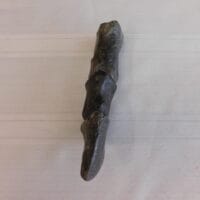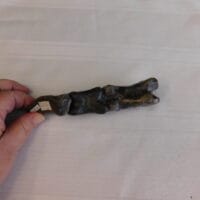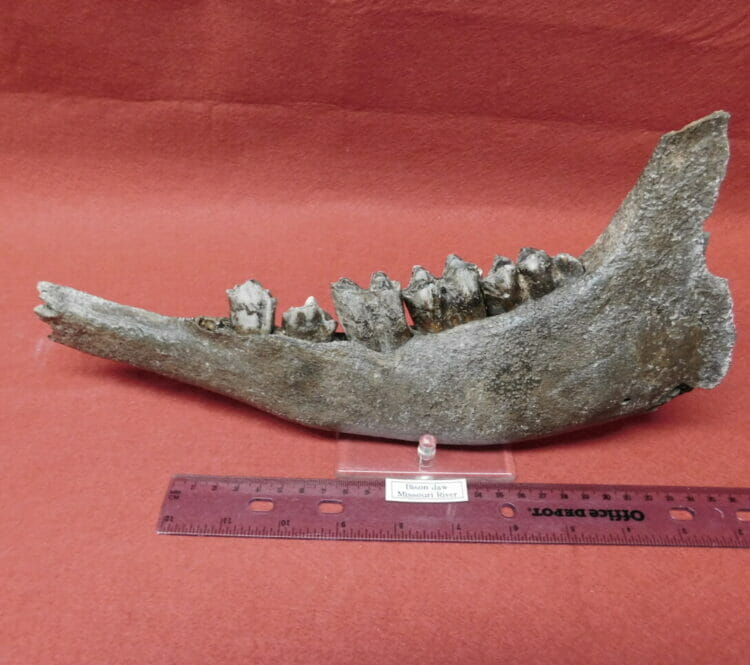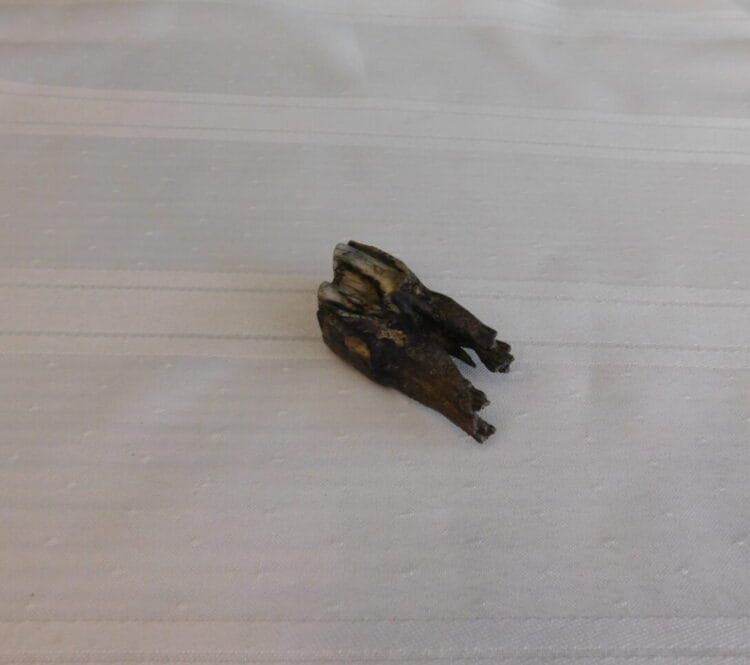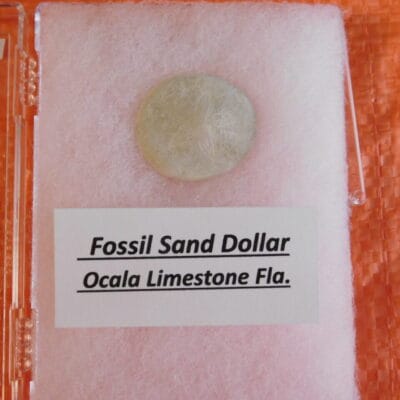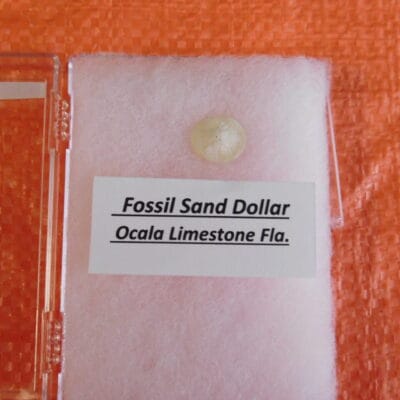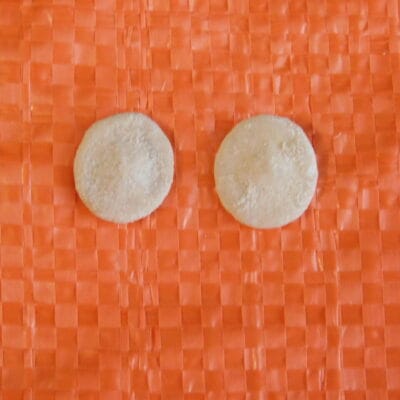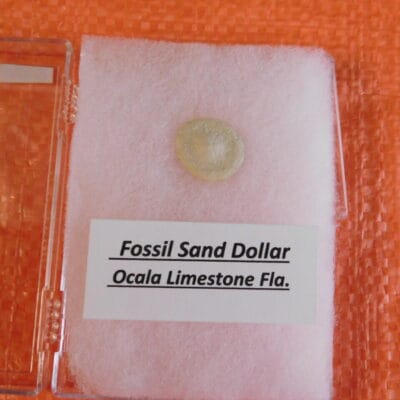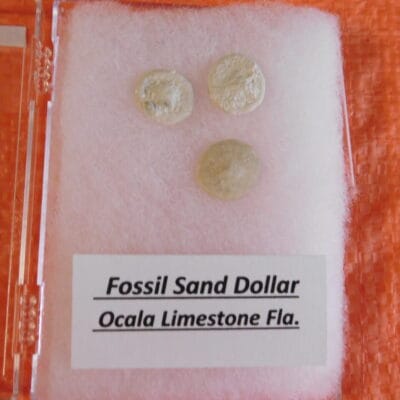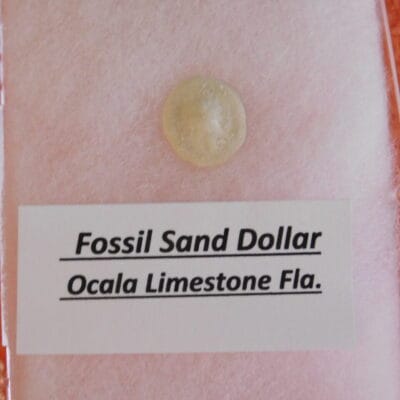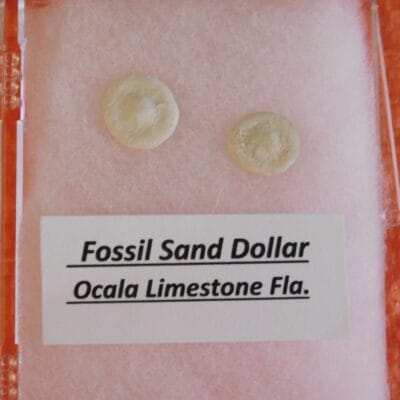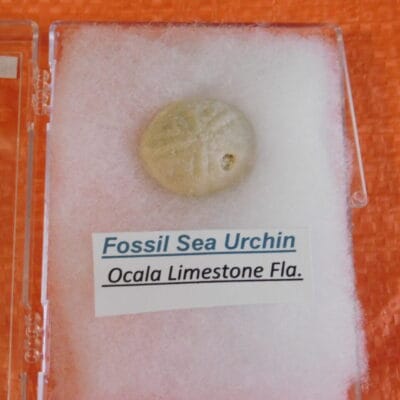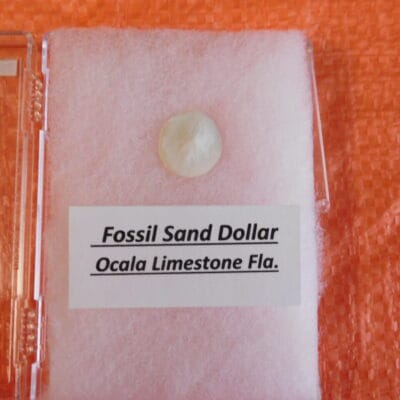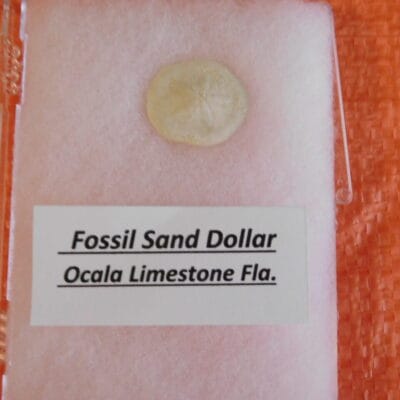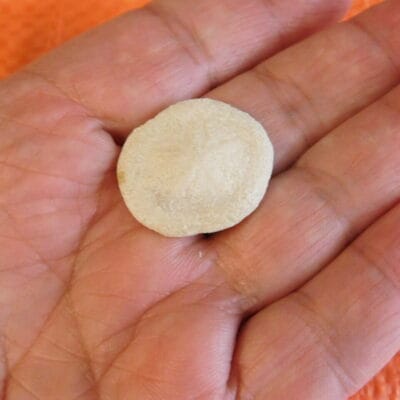Description
At some point, those Asian proto-bison made their way to North America, and there they blossomed. The fossilised bones of bison litter the permafrost of Northern Canada and Alaska.
But these are not modern bison. They are an extinct species known as steppe bison (B. priscus). Steppe bison looked very similar to modern bison, but they had a double hump on their backs and much larger horns.
Grant Zazula is the palaeontologist for the government of Canada’s Yukon Territory. So many steppe bison bones are unearthed there each year that he calls them “the cockroaches of the Pleistocene”. They are also superbly preserved in the permafrost, so “we know a lot about them”
The oldest bison-like fossils have been discovered in southern Asia. They suggest that bison ancestors have been nibbling their way across our planet for at least 2 million years.
This near-complete mummified bison has skin tinged blue
At some point, those Asian proto-bison made their way to North America, and there they blossomed. The fossilised bones of bison litter the permafrost of Northern Canada and Alaska.
But these are not modern bison. They are an extinct species known as steppe bison (B. priscus). Steppe bison looked very similar to modern bison, but they had a double hump on their backs and much larger horns.
Grant Zazula is the palaeontologist for the government of Canada’s Yukon Territory. So many steppe bison bones are unearthed there each year that he calls them “the cockroaches of the Pleistocene”. They are also superbly preserved in the permafrost, so “we know a lot about them”.
A mummified steppe bison (Bison priscus) (Credit: Bernt Rostad, CC by 2.0)




